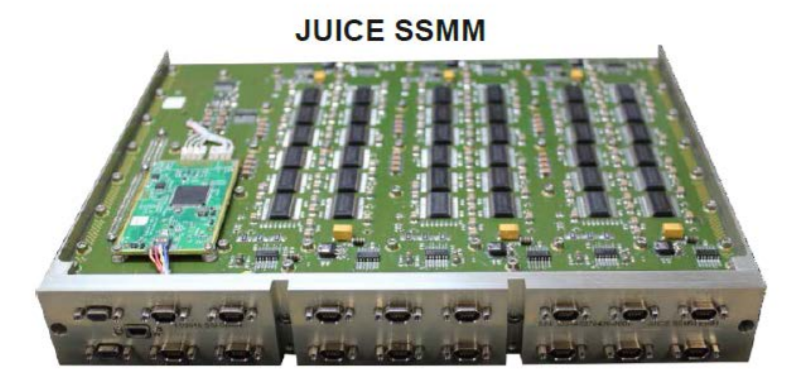Onboard Storage
Mass memories in space systems
Mass memories in space systems are evolving from simple stream tape-like recorders to complex intelligent (sub)systems capable of autonomous operations. This evolution is both driven by requests coming from complex multi-payload missions and from the availability of very high density memory components.
NAND flash memories have gained widespread acceptance as data storage in consumer electronics (e.g., USB flash drives) because of their compactness, low power, low cost and high data throughput. In recent years they have also started to be adopted for use in spacecraft Mass Memories. The availability and use of fully qualified space memories is not sustainable option for cost, availability, long lead or performance reasons. Also, high reliability electronics is struggling in keeping the pace with the aggressive scaling down of NAND flash technology. To address this, efforts are underway to adopt the use of Commercial Off The Shelves (COTS) NAND Flash memories. Since most of them are not able to successfully operate and survive in the space environment, they request additional tests and design methods (e.g., upscreening, redundancy). The huge demand for NAND Flash memories in the global commercial electronics markets may create availability concerns for the future.
tolerant design methodologies applied to the critical space environment.


